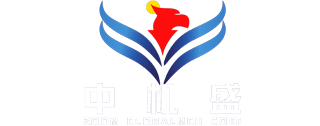Cost Analysis: Owning vs Renting Concrete Machinery
-
Thesis: The decision to own or rent concrete machinery is a complex financial and operational calculation; a thorough cost analysis considering utilization, project needs, and market conditions is essential.
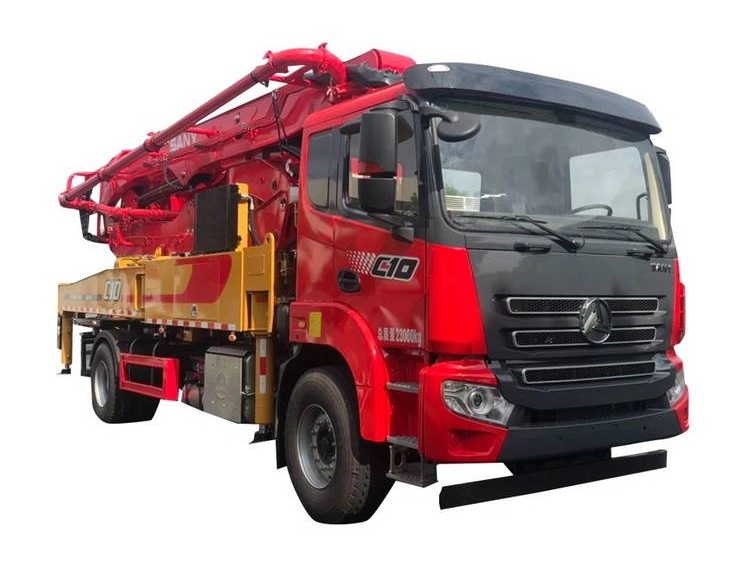
-
Outline:
-
Cost Components of Ownership:
-
Capital Expenditure (CapEx): Purchase price/down payment, financing costs (interest).
-
Operating Costs: Fuel/Electricity, Routine Maintenance (lubes, filters), Repairs (parts & labor), Insurance, Property Taxes (if applicable), Storage Costs (yard space).
-
Downtime Costs: Lost productivity when machine is broken.
-
Depreciation: Loss of value over time.
-
Operator Costs: Wages, benefits, training.
-
Transportation: Cost to move the machine between sites.
-
Administrative Overhead: Management, billing, records.
-
-
Cost Components of Renting:
-
Rental Rate: Daily/Weekly/Monthly fee (often includes delivery/pickup within range).
-
Operator Costs: Usually renter provides operator (cost included above or separate).
-
Fuel/Electricity: Typically paid by renter.
-
Damage Waiver/Coverage: Optional insurance against accidental damage.
-
Potential Overtime Charges: Exceeding standard rental hours.
-
Mobilization/Demobilization: For very large or remote equipment, extra fees may apply.
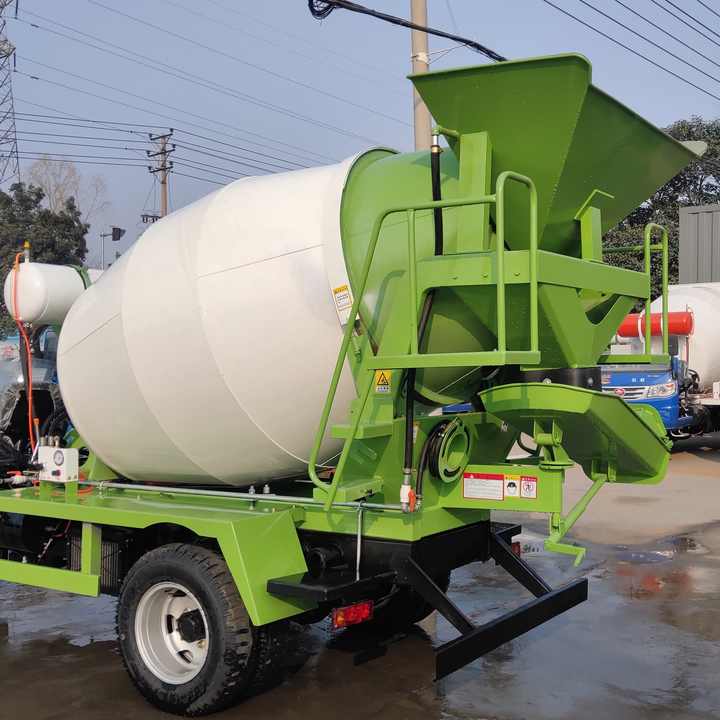
-
-
Calculating Total Cost of Ownership (TCO): Sum all ownership costs over the expected ownership period (e.g., 5 years) and divide by estimated operating hours to get $/hr cost. Include estimated residual value.
-
Calculating Rental Cost: Determine rental rate for required duration + fuel + operator + any extras. Straightforward $/hr or $/project cost.
-
Key Decision Factors:
-
Utilization Rate: The single most critical factor. If machine usage is low (<50-60% of available time), renting is usually cheaper. High utilization favors ownership.
-
Project Duration: Short-term/single project? Rent. Long-term/repetitive work? Own.
-
Financial Resources: Owning requires significant capital or financing capacity. Renting preserves capital.
-
Equipment Availability & Market: Local rental market saturation? Lead times for rentals? Availability of specific models?
-
Maintenance Capability: Does your company have mechanics/tools/facility? Renting transfers maintenance risk.
-
Technology Obsolescence: Fast-evolving tech (e.g., electric) might make renting preferable to avoid owning soon-to-be-outdated assets.
-
Tax Implications: Depreciation benefits ownership; rental fees are fully deductible expenses.
-
-
Hybrid Approach: Own core fleet (high utilization equipment) and rent specialized or low-utilization machines. Provides flexibility.
-
2025 Considerations: Increased rental fleet availability of advanced/electric machines. Telematics data makes utilization tracking easier for TCO calculation.
-
 Global Concrete Machinery Mark
Global Concrete Machinery Mark
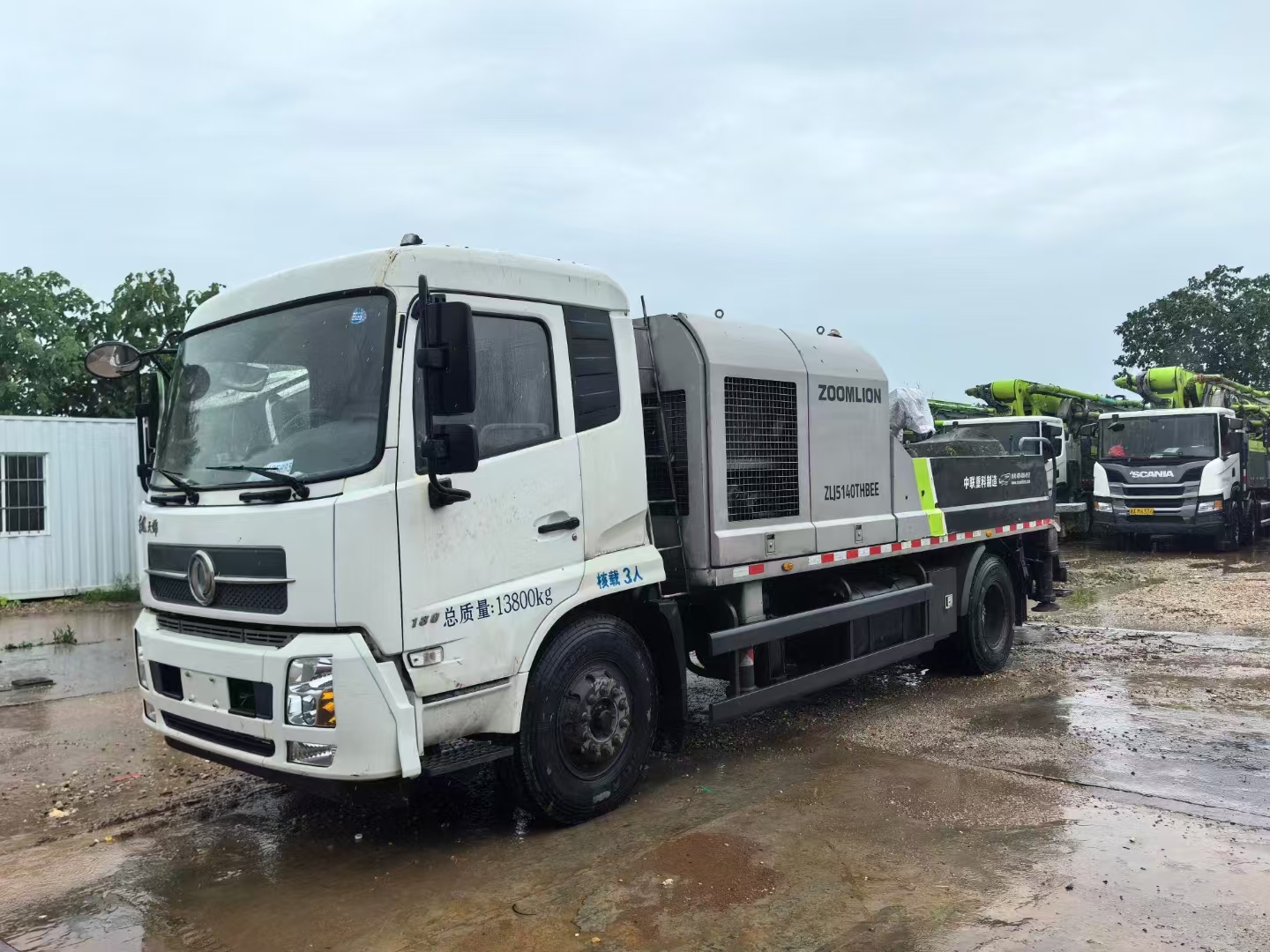 Concrete Recycling Machinery:
Concrete Recycling Machinery:
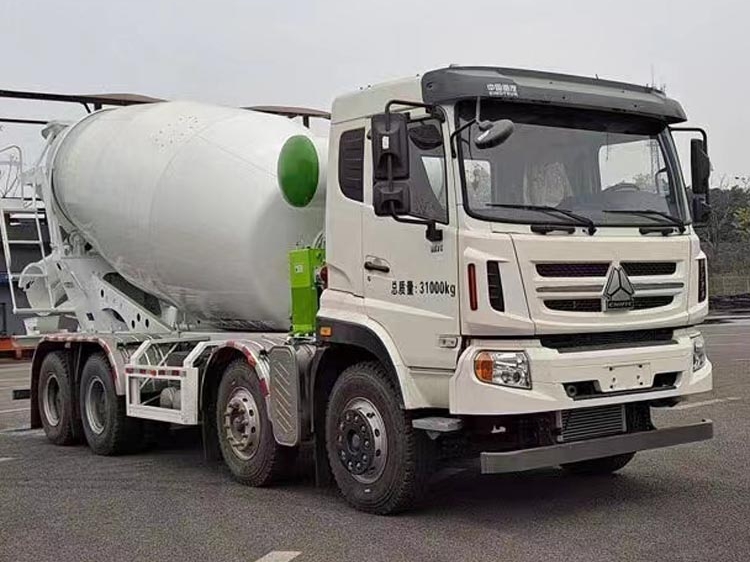 Latest Technological Advanceme
Latest Technological Advanceme
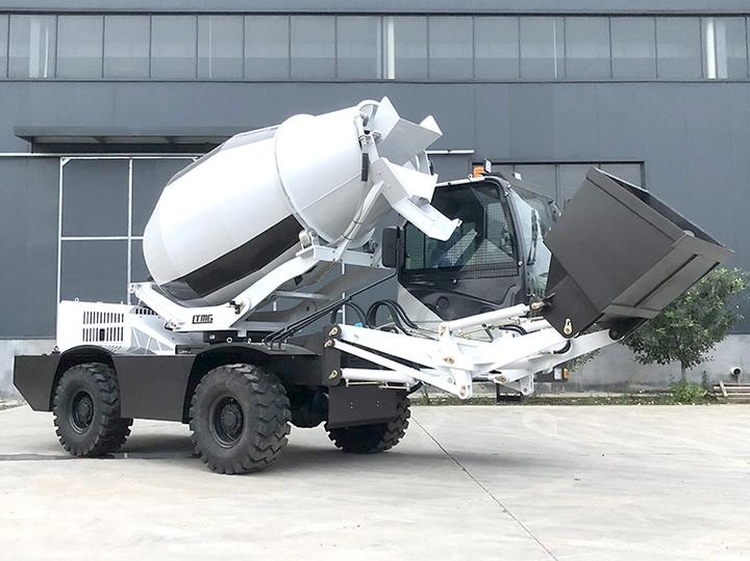 Energy-Efficient Concrete Mach
Energy-Efficient Concrete Mach
